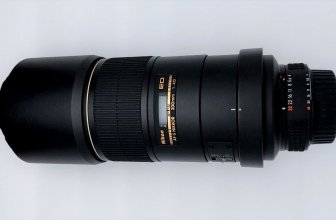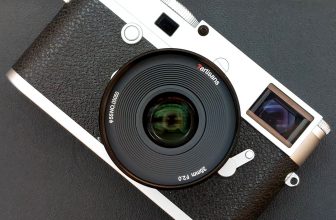Soap Bubble King: Meyer-Optik Görlitz Trioplan 100mm F2.8 Review
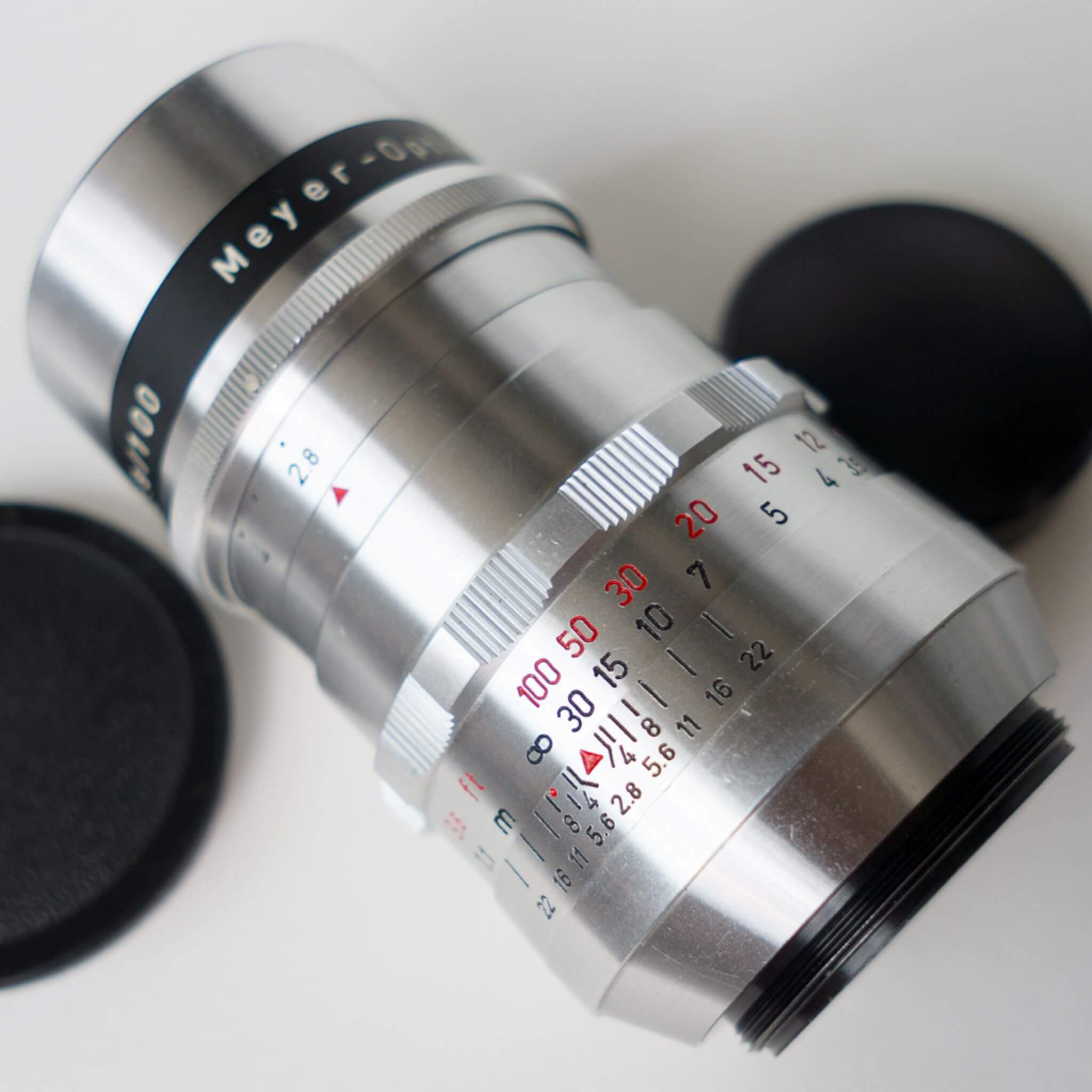
Sharpness is the most important factor of modern lenses as the pixel density of the sensor in digital cameras becoming higher and higher. With digital correction and good sharpness, the image captured by the camera become more perfect than ever. Is getting the perfect image our only requirement?
Introduction
More than thirty years after Taylor Taylor invented the Cooke Triplet lens in England, Hugo Meyer & Co. in Görlitz Germany also began to manufacture and sell its Cooke Triplet lens series “Trioplan”. Here is the 1930 Lens Catalog from Meyer showing the details of the Trioplan lens series.

In the beginning, the Trioplan lenses are made for 16mm and 35mm cine cameras, with focal length ranging from 15mm to 8¼”. The catalog mentioned the lens correction has been carried out for astigmatism, color and spherical aberration.
By 1938, the aperture of the Trioplan series was standardized to F2.8, except for the Trioplan F2.5 made for 8mm cine cameras. In addition, a new 4¼” F2.8 lens for 135 film cameras was introduced, which becomes the grandfather of Trioplan 100mm 2.8 for later SLRs.
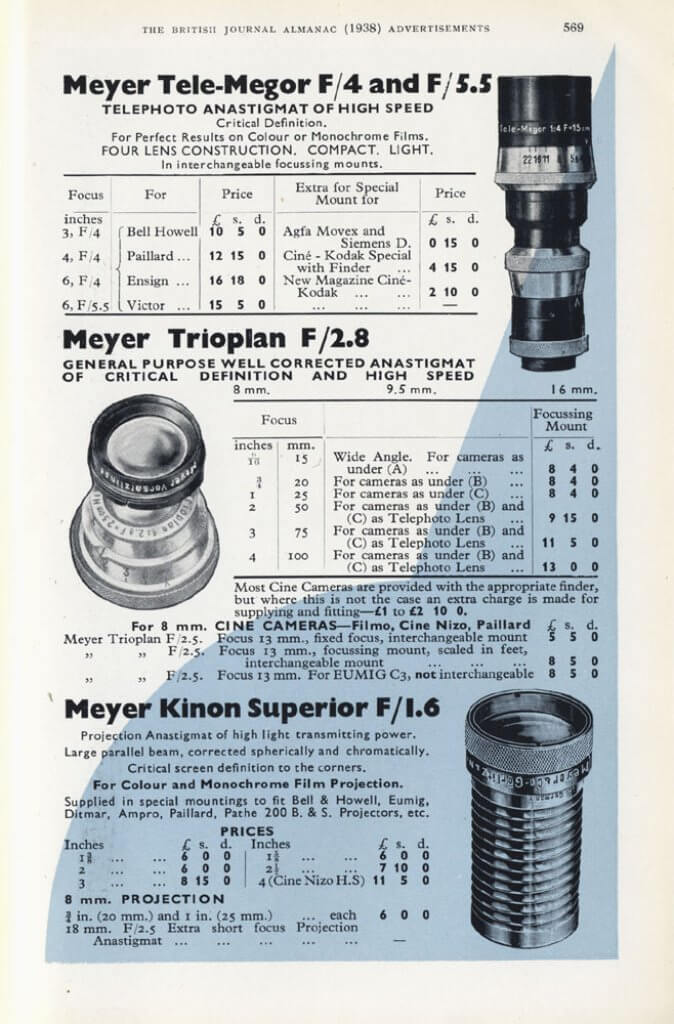
Lens versions
- Pre-war 4¼”(10.5cm)F2.8. Commonly avaible in Leica LTM / Contax RF / Exakta mount.
- Post-war chrome slim version with red “V”. Avaible in Exakta and M42.
- Post-war fat version with red “V”. This is the most mass-produced Trioplan 100. Avaible in Exakta and M42(auto or preset). Occasionally, a black one may shows up.
- Trioplan “N” with auto-aperture. The number of aperture blades was reduced to six. This version is more rare than the flat version.
- Modern Trioplan made by someone else.

Specifications
| Version: | Post-war fat version |
| Aperture: | F2.8-F22 (clickless preset aperture) |
| Number of aperture blades: | 15 (circular) |
| Minimum Focusing Distance | 1.1 meter (some are 1.2 meter) |
| Filter size: | M49x0.75 |
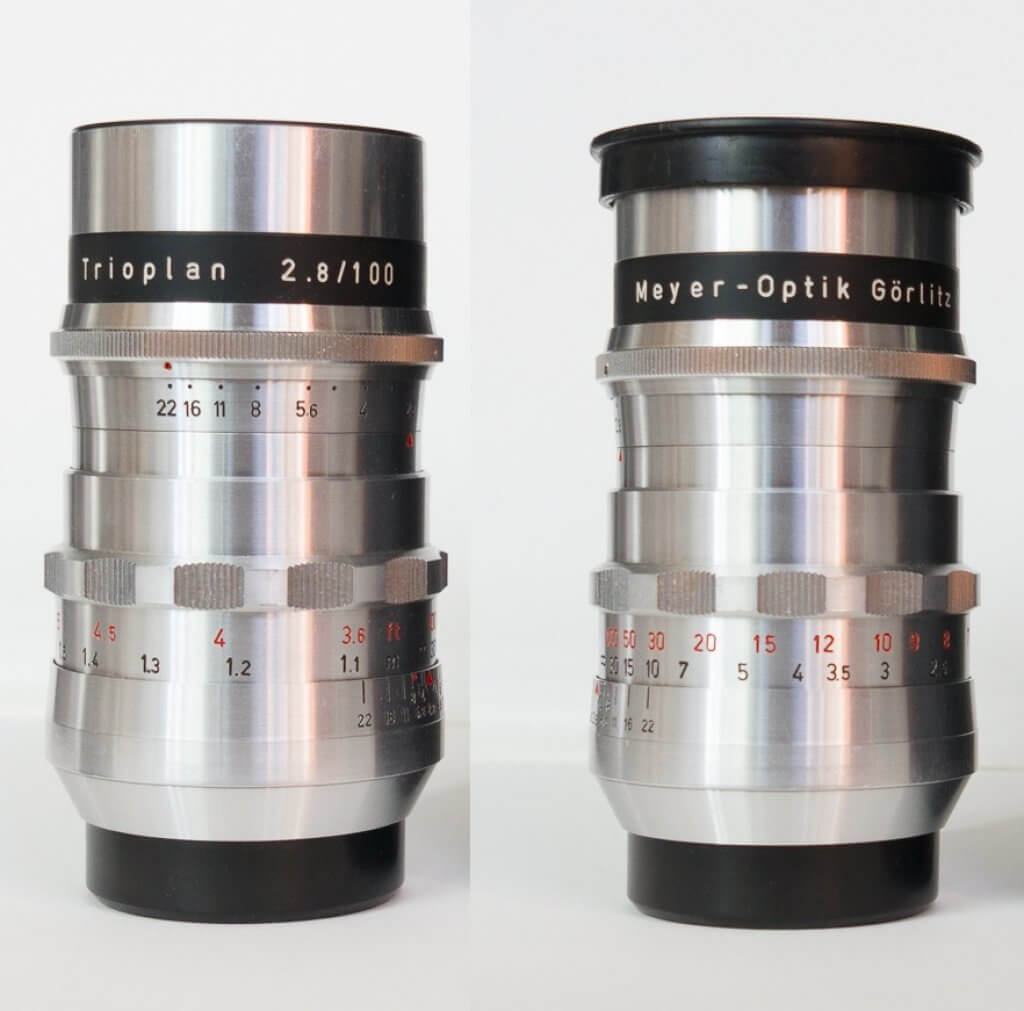
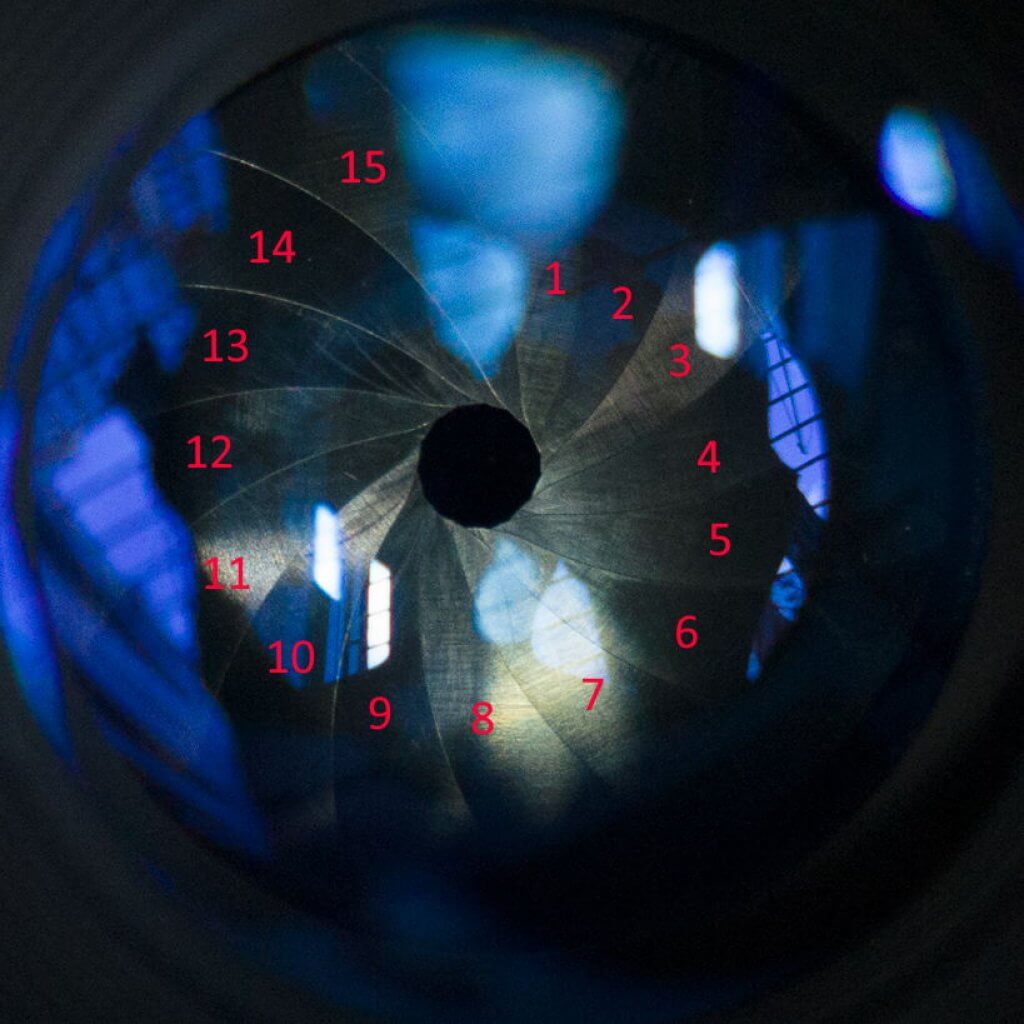
Lens sharpness
On Sony A7RII 42MP:
F2.8: OK resolution at the centre with fuzzy corners.
F4.0: Huge improvment in spherical aberration. The centre has decent resolution and the edge begin to improve.
F5.6: The resolution on the centre are good, the edges are not bad and the corners start to improve.
F8-11: Best performing aperture setting. The corners become OK at F11.
Flare resistance
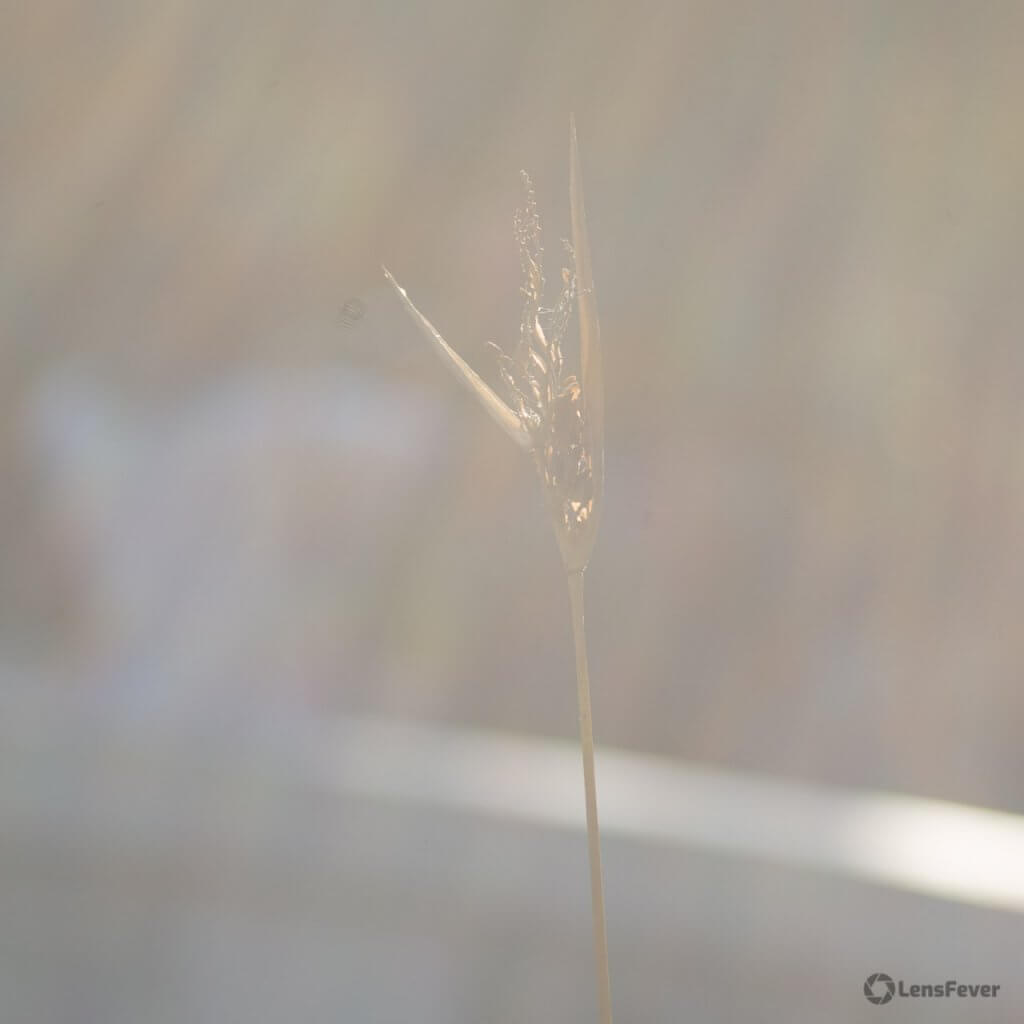
The coatings on early Meyer lens with red “V” logo were light blue in color with limited flare resistance. As the hood comes with the lens is short, the shading ability is limited. The photo above shows the effect of fogging caused by flare in an extreme case. For everyday use, it is recommended to have a longer hood as shown below.
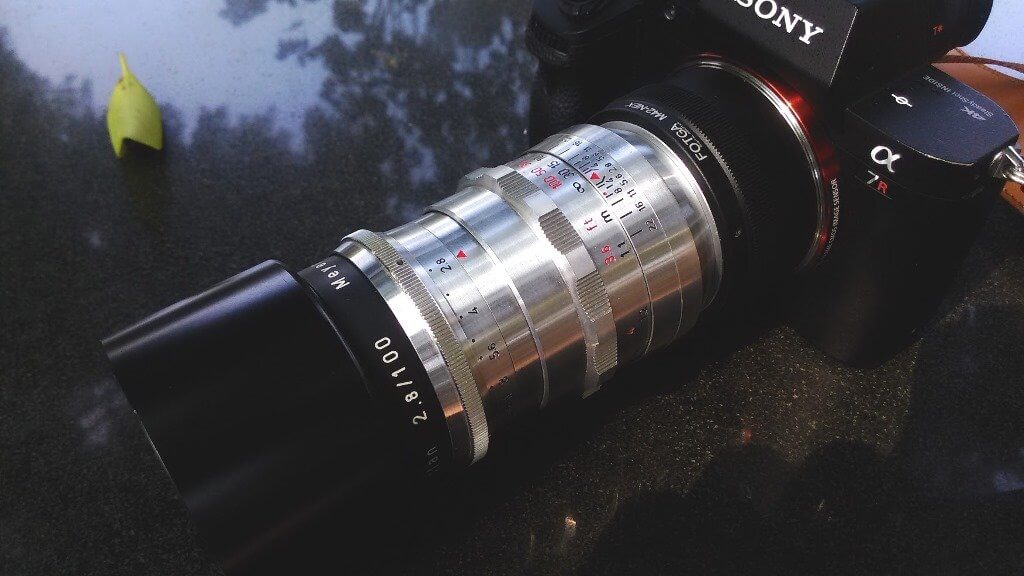
Lens Characteristics
Glow
The Meyer Trioplan 100mm F2.8(“Trioplan 100”) was designed at a time when the market had not yet begun to widely use high-refractive/low-dispersion glass with rare earth elements. At F2.8, spherical aberrations are under-corrected. Glow appears at the edge of the object, which looks similar to a lens with a soft white filter.
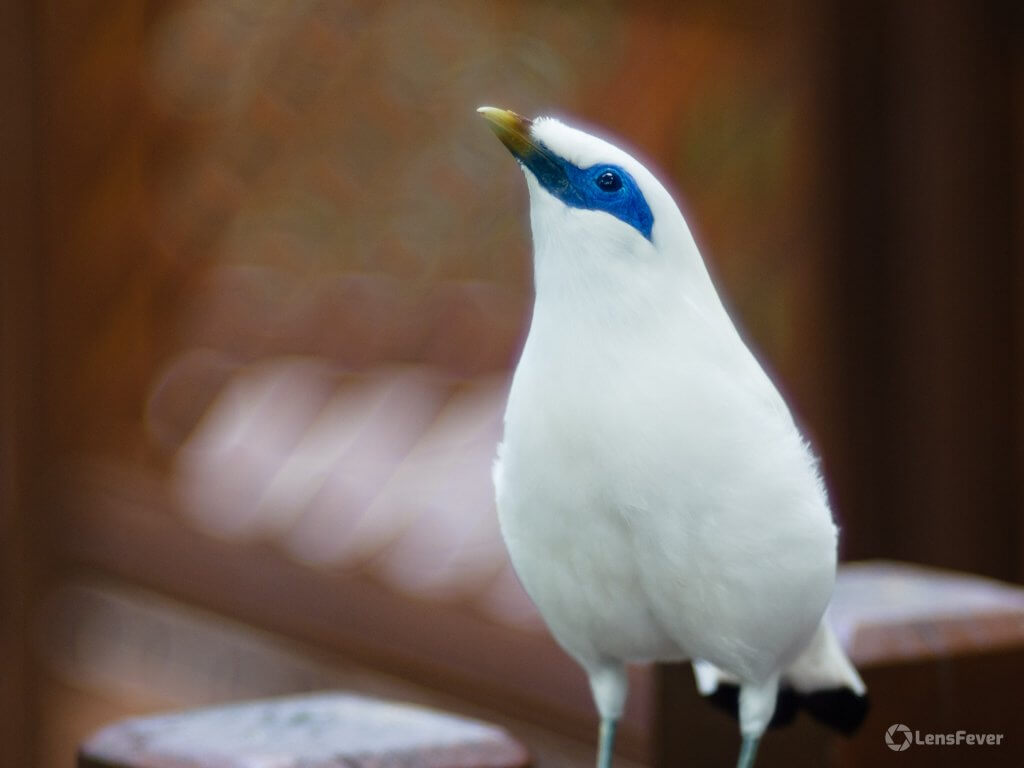
Soap Bubble Bokeh
As the spherical aberration of the Trioplan 100 is under-corrected, the rear bokeh of a spot light has a bright/well-defined edge (refer to the photo below), which sometimes referred as soup bubble bokeh. Since most modern lenses are designed to have creamy/smooth rear bokeh, most of them have under-corrected spherical aberrations. A lens with under-corrected spherical aberrations will not have soup bubble bokeh.
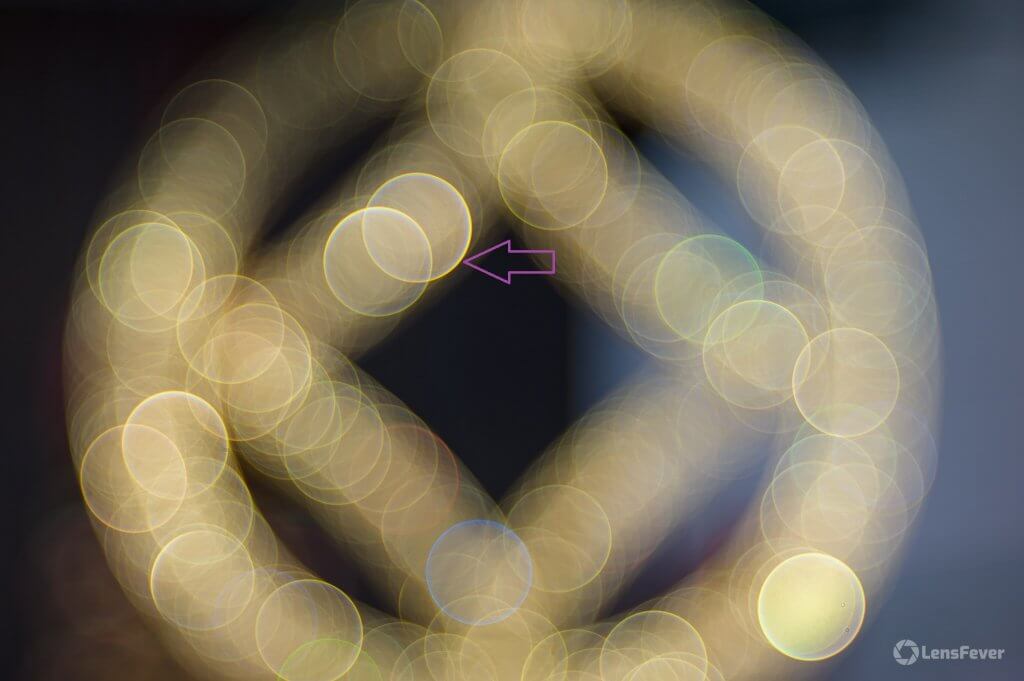
Nisen Bokeh
The Trioplan 100 has nisen(two lines) bokeh as shown in the image below: the edges of the defocused image of lotus appears as two lines.
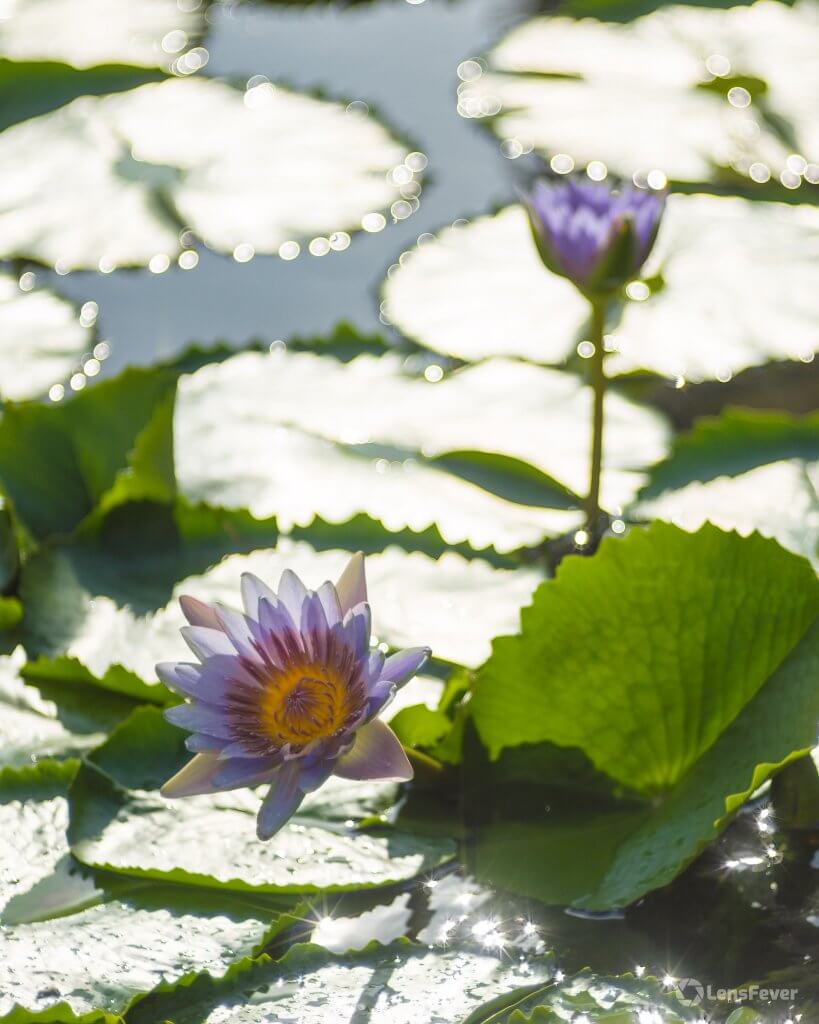
Sample Photos
After we understanding the characteristics of the Trioplan 100, we can make the best from it. Please visit Flickr for photos with higher resolution.
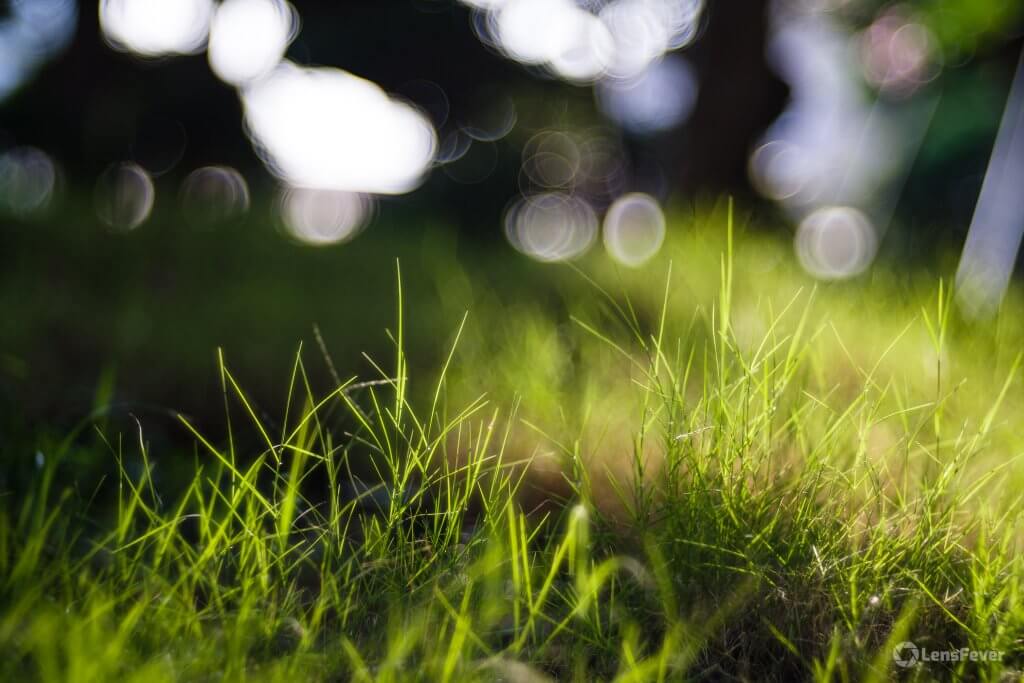

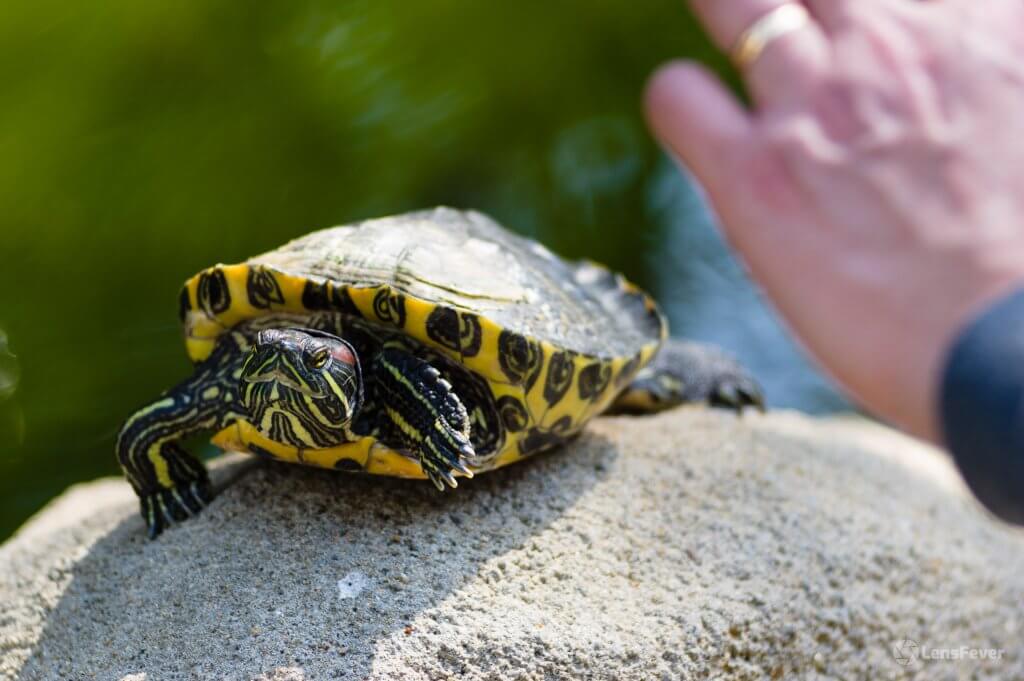
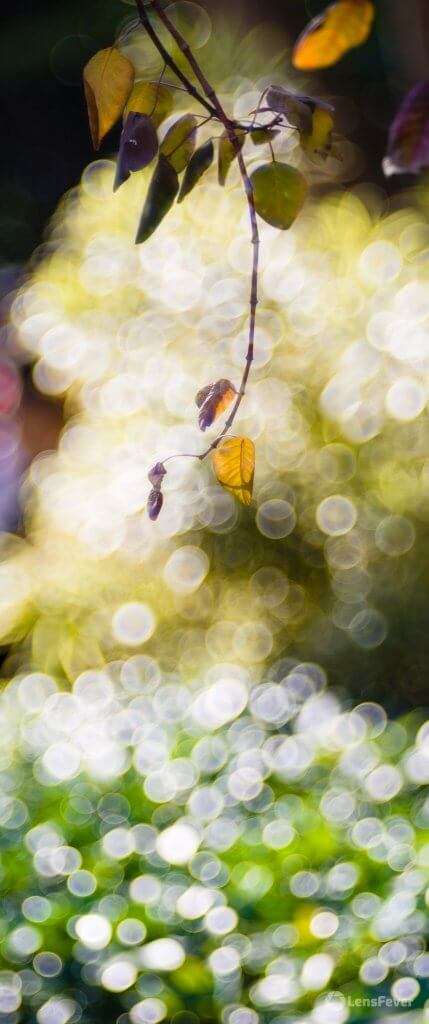

Price and Value
According to a 1954 advertisement by Modern Photography, the Trioplan 100 sold for about US$81 at the time, which is roughly equivalent to $900 in 2022 today. The second-hand price for the fat version on eBay ranging from $200 to $500. Click here to search for the existing Meyer Trioplan 100/2.8 (affiliate link) on eBay.
Alternative of the Trioplan 100
The price of the Trioplan 100 is not cheap compared to other old manual lenses. If what you use it only at wide open F2.8, the Meyer Diaplan/Pentacon AV 100 projection lens shown below can be a good replacement to the Trioplan 100. Meyer Diaplan/Pentacon AV 100 can be found on eBay for only a few tens of euros. For more information on the adaptation of a projection lens, please refer to the Spiral blog for an introduction to the Diaplan 100mm F3.
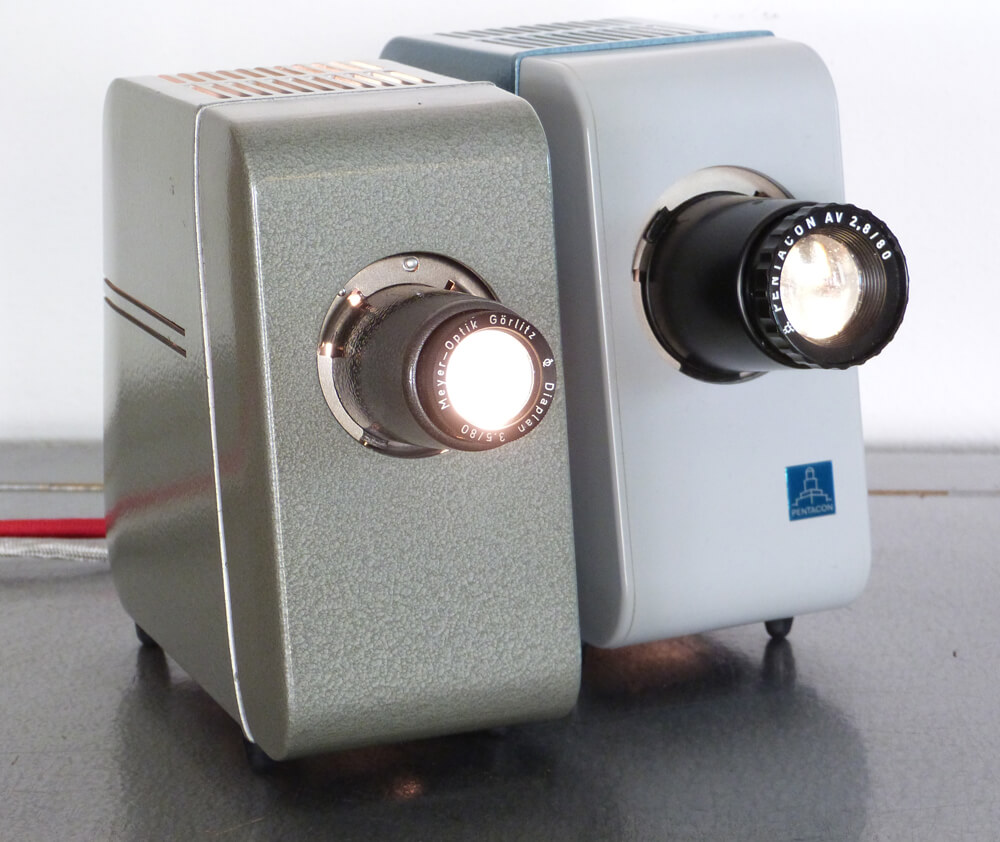
Summary
The Meyer Trioplan 100mm F2.8 is very distinctive at wide open aperture, with a very different performance when stopping down. The post-war fat version is well-made smooth aperture and focus operation. The 15-blade circular preset aperture make it perfect for shooting stills or videos. The Trioplan 100 can be a great creative tool. It will give you stunning result with the right scene!

